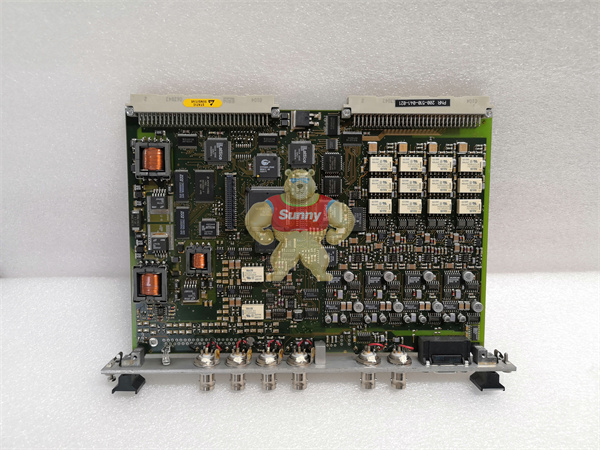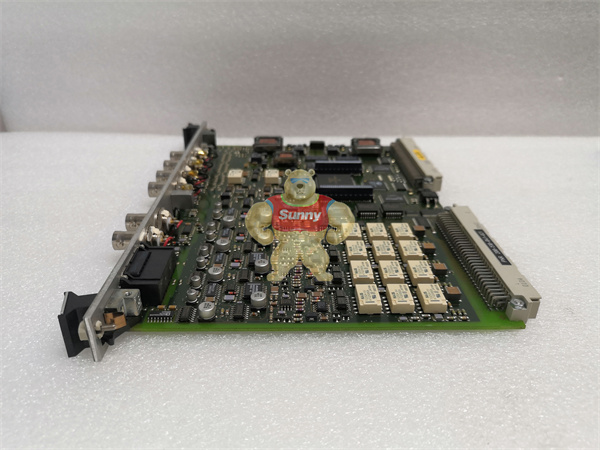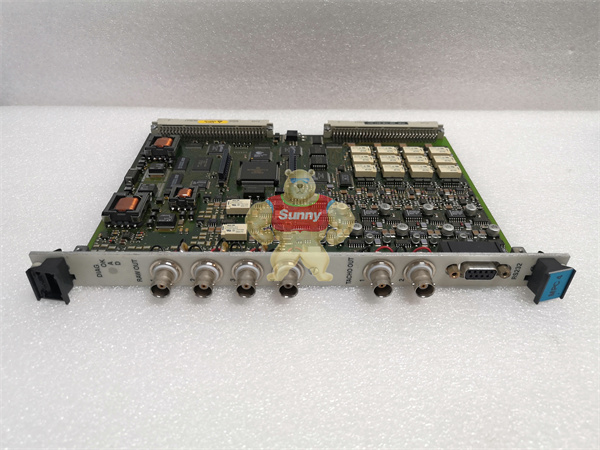According to the National Bureau of Statistics, the output of industrial robots in the first quarter of 2023 was 103,691 sets, down 3% year-on-year.
Among them, the output of industrial robots in March was 43,883 sets, down 5.7 percent year-on-year; From January to February, the output of industrial robots was 62,036 sets, down 19.2 percent from 76,381 sets last year.
It can be seen that in the first quarter of 2023, China’s industrial robot output declined as a whole, with a large year-on-year decline in January-February and a decline in March, indicating a reversal of the trend. Judging from the trend, China’s industrial robot industry will gradually warm up and accelerate its development in 2023.
In the first quarter of 2023, domestic leading robot enterprises accelerated the competition with foreign investment in lithium, photovoltaic, auto parts and other fields to seize market share, and also began to penetrate in the vehicle field, localization accelerated replacement speed, so the domestic market share increased by 23% to 40.8%.
In contrast, orders in the electronics industry, which accounts for the majority of foreign investment, shrank, and demand for new energy vehicles, lithium electricity and other markets also slowed further. As a result, foreign market share fell by 16% to 59.2%, which was the first time that foreign market share fell below 60%.
In the first quarter, the momentum of new energy is strong, driving the continued growth of robots

VM600 MPC4

VM600 MPC4

VM600 MPC4
In April, the overall trend of new-energy passenger car enterprises was strong. Byd retained the top spot of passenger car sales with 209,467 units, and the momentum remained strong. Traditional car enterprises represented by Changan, SAIC, Guangzhou Automobile, Geely, etc., made outstanding performance in the transformation and upgrading of new energy sector, and their share increased significantly.
Chery Group sold 126,713 vehicles in April, up 128% from a year earlier and the 11th consecutive month it has sold more than 100,000 vehicles. From January to April, Chery Group sold 457,048 cars, up 60.4% year-on-year.
Changan reported net profit of 6.97 billion yuan in the first quarter, up 53.65 percent year on year, beating BYD and SAIC, which both have nearly four times their revenue.
In the first quarter, Kia sold 768,251 vehicles worldwide, up 12% from a year earlier, with quarterly sales and operating profit up 29.1% and 78.9%, respectively. In April, Kia’s China sales rose 72.5 per cent from a year earlier and 2.4 per cent from the previous month, an impressive double growth.
In the first quarter of this year, China’s export of “new three” electric manned vehicles, lithium batteries and solar cells to the top five markets of the European Union, the United States, ASEAN, South Korea and the United Kingdom increased by 88.7%, 88.1%, 103.5%, 121.7% and 118.2% respectively, accounting for 71.6% of the total value of the “new three” exports.
Automotive and 3C electronics have been the most demanding industries for industrial robots. In recent years, China’s strategic emerging industries such as new energy vehicles, lithium electricity and photovoltaic have shown a strong momentum of development, and strategic emerging industries have become a new front for the application of industrial robots. Many excellent robot enterprises represented by section card, Siasun, Eift, Eite, Luoshi, Yuejiang, Soars and so on have been layout of the new energy market.
 1 Year Warranty
1 Year Warranty





